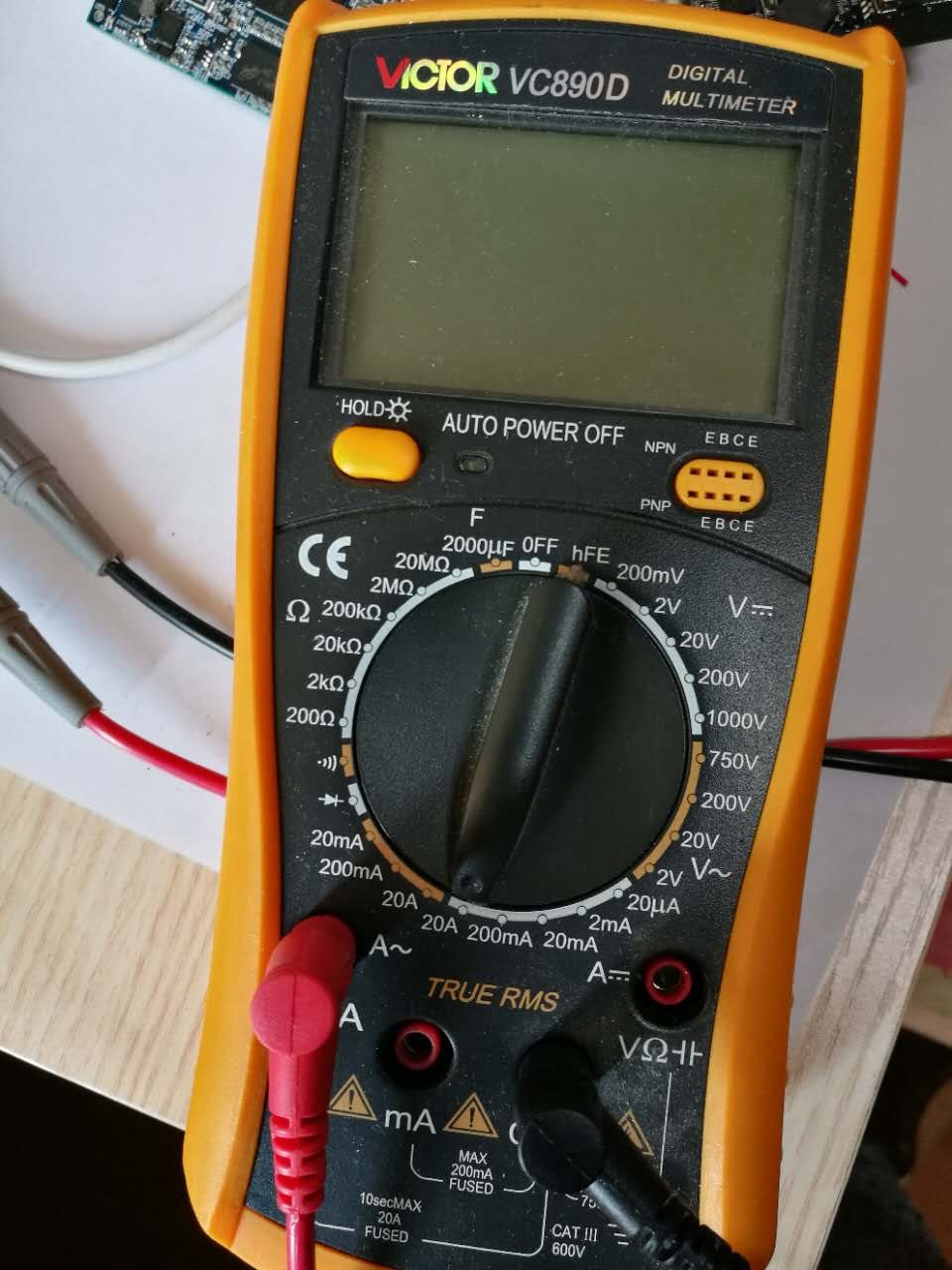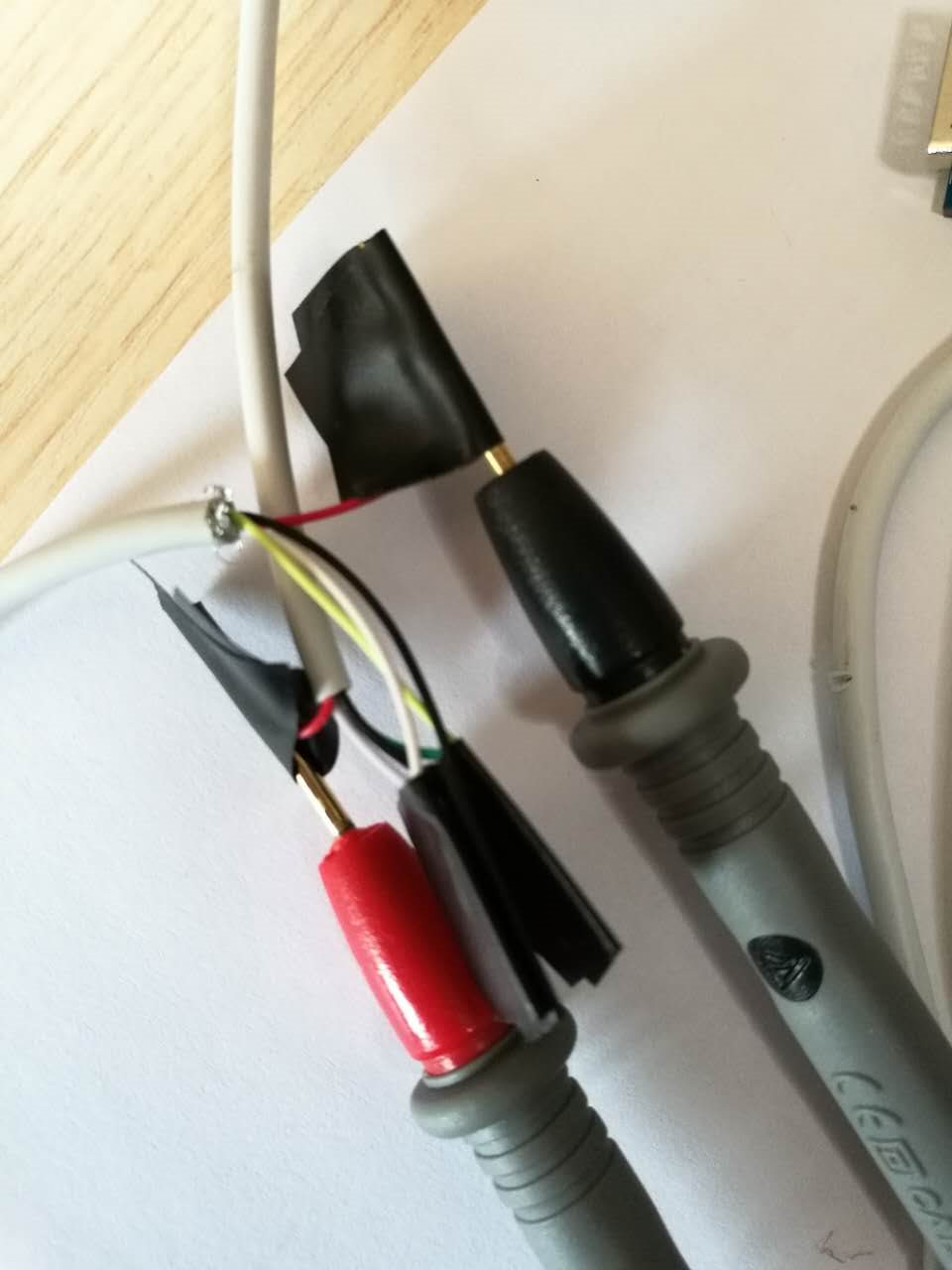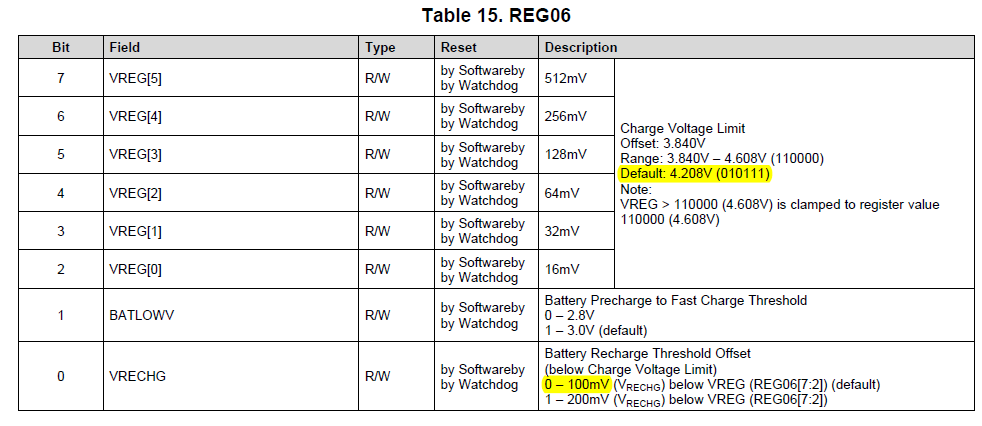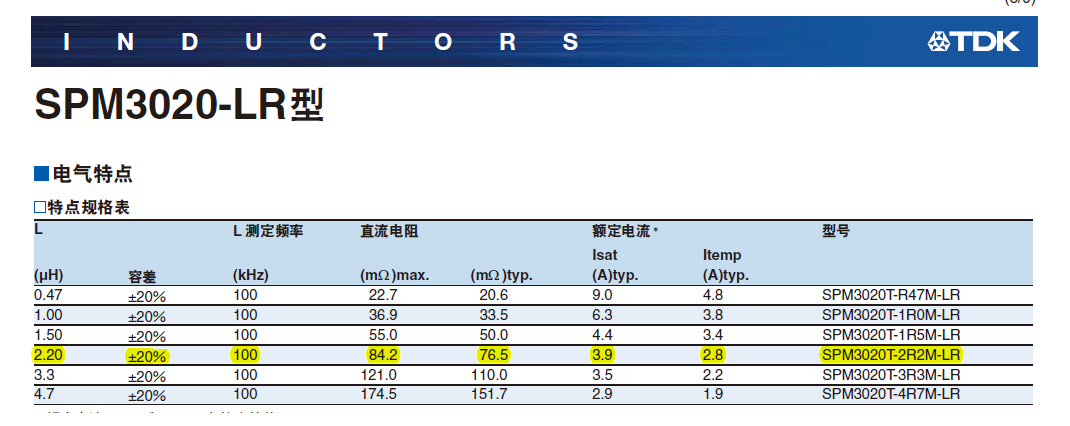Other Parts Discussed in Thread: TEST2
I use R=220 for current limit on my board, so the IlimtA=355/220=1.6A.
And IlimtB is configured in the REG00.
The current limit is the mimum of IlimtA and IlimitB.
The bq25890 automatically do voltage hankshake. In my test, I only read REG00, never write.
The current is measured with a multimeter, as shown below (only cut the VBUS wire and put it into the multimeter).
I use a 2000mAH 1C battery. The battery is first depleted and charged with 500mA for 20 minutes before the test, to make sure it's not in the precharge or const voltage section.
No REG was written, so HVDCP_EN and MAXC_EN are both enabled by default.
The following is my test result:
|
Case |
1 |
2 |
3 |
4 |
5 |
6 |
|
5V Power Supply |
Ipad 2.1A charger |
Iphone6 1A Charger (Chinese) |
Iphone6 1A Charger(Europe) |
Desktop PowerSupply 3A,with D+D- shorted |
Desktop PowerSupply 3A,with D+D- open |
Laptop TypeC USB |
|
Actual Current to the board |
0.55A |
0.41A |
0.45A |
795mA |
472mA |
0.46A |
|
I think IlimtB should be |
None Standard 2.1A |
None Standard 1A |
None Standard 1A |
DCP 3.25A
|
SDP 500mA |
SDP 500mA |
|
Actual IlimitB read from REG00 |
REG00=104 2.1A |
REG00=127 3.25A |
REG00=72 500mA |
REG00=127 3.25A |
RE G00=72 500mA |
RE G00=72 500mA |
Q1. In CASE1, CASE2 and CASE4, IlimitB is 2.1A, 3.25A and 3.25A, why the current never get to 1.6A? (I have checked that, the R is 220 on the board for IlimtA=1.6A.)
Q2. Is MaxCharge compatible with QC2.0?
Q3. Is MaxCharge compatible with Apple Voltage Range?
Please help!
Thank you.
Frank





